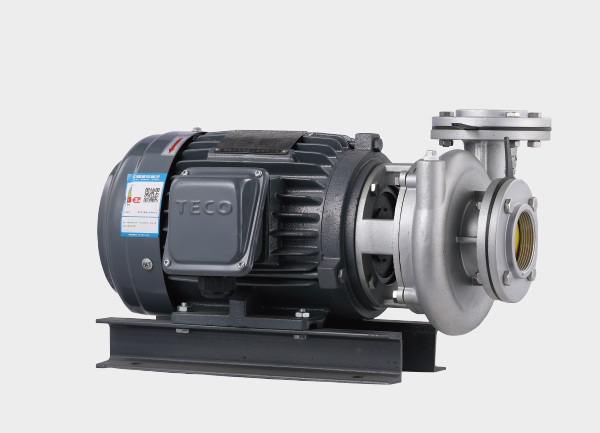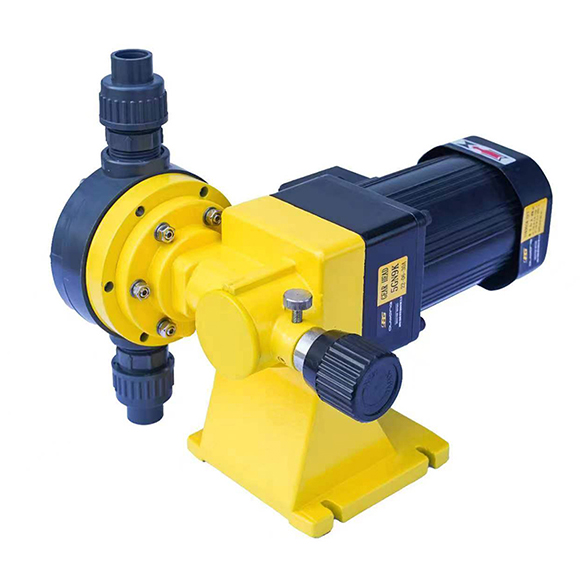Centrifugal pumps are among the most widely used types of pumps in industrial fluid systems. Their efficiency directly affects energy consumption, operational stability, and maintenance costs. Improving centrifugal pump efficiency not only saves power but also extends the equipment’s lifespan and enhances overall system reliability.
Below are practical and proven methods to improve centrifugal pump efficiency for industrial applications.

1. Choose the Right Pump and Match the Operating Conditions
Selecting the correct pump type based on flow rate, head, and fluid properties is the foundation of high efficiency. The pump should operate as close as possible to its Best Efficiency Point (BEP). Operating too far from BEP increases vibration, wear, and power consumption.
✅ Tips:
Use the manufacturer’s performance curves for accurate selection.
Leave 10–15% margin for future flow adjustments.
Avoid oversizing the pump — “a large pump for a small job” leads to energy waste.
2. Optimize or Trim the Impeller Design
The impeller is the heart of a centrifugal pump and plays a key role in determining its hydraulic efficiency. By trimming the impeller diameter, optimizing blade angles, or replacing it with a high-efficiency model, you can significantly boost performance.
✅ Tips:
Maintain the correct clearance between the impeller and casing.
Use CFD (Computational Fluid Dynamics) optimization to refine the flow path.
Choose wear-resistant and corrosion-resistant materials to reduce long-term losses.
3. Improve the Piping System Layout
Poor piping design can increase friction losses and reduce pump output. A well-designed pipeline ensures smoother flow and higher overall efficiency.
✅ Tips:
Minimize bends, elbows, and unnecessary valves.
Use smooth inner-surface pipes and ensure straight suction and discharge lines.
Keep the suction velocity moderate to avoid cavitation.
4. Use Variable Frequency Drives (VFD)
A Variable Frequency Drive (VFD) allows precise control of pump speed according to actual demand, preventing energy waste during low-load operation.
✅ Benefits:
Saves 10%–40% of energy consumption.
Reduces startup shock and mechanical stress.
Improves system pressure stability.
5. Perform Regular Maintenance and Alignment
Mechanical wear, seal leakage, and bearing failure all lead to lower pump efficiency over time. Regular maintenance ensures stable performance and prevents unexpected breakdowns.
✅ Tips:
Check shaft alignment periodically.
Replace worn seals, bearings, and gaskets on time.
Monitor vibration and temperature to detect early-stage issues.
6. Prevent Cavitation
Cavitation not only damages the impeller but also causes a dramatic drop in pump efficiency. Maintaining proper suction conditions is essential.
✅ Solutions:
Maintain sufficient liquid level at the suction side.
Reduce suction line resistance.
Ensure Net Positive Suction Head (NPSH) is always above the minimum required value.
7. Use High-Efficiency Motors and Smart Energy Systems
The motor’s efficiency has a direct impact on the pump’s overall performance. High-efficiency motors can greatly reduce energy losses in continuous operations.
✅ Tips:
Choose IE3 or IE4 premium-efficiency motors.
Match the motor and pump power precisely.
Install energy monitoring systems for real-time optimization.
⚙️ Conclusion
Improving centrifugal pump efficiency requires a systematic approach — from correct selection and design optimization to smart control and preventive maintenance.
By implementing these methods, you can increase pump efficiency by 10%–30%, lower energy consumption, and ensure long-term operational reliability.






